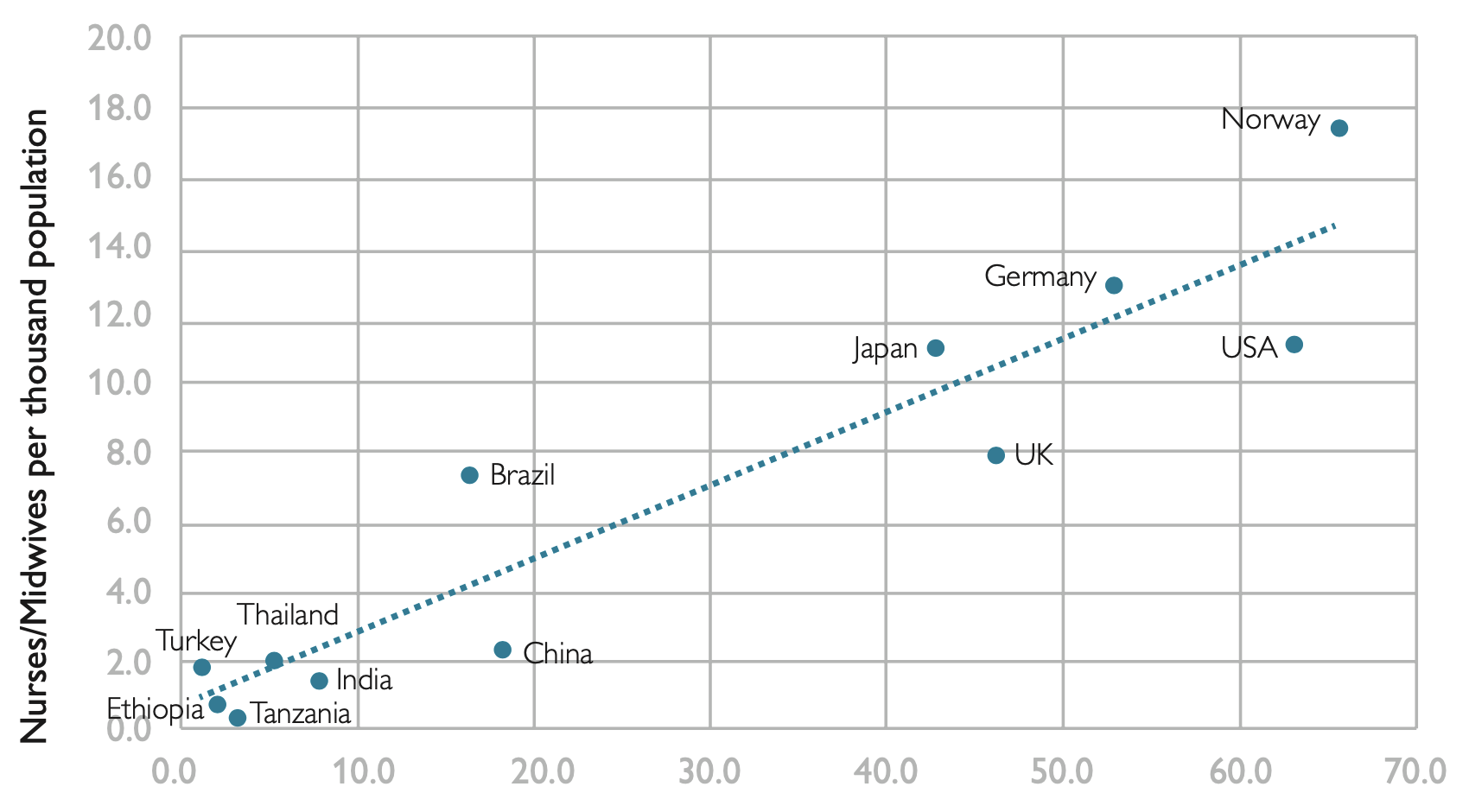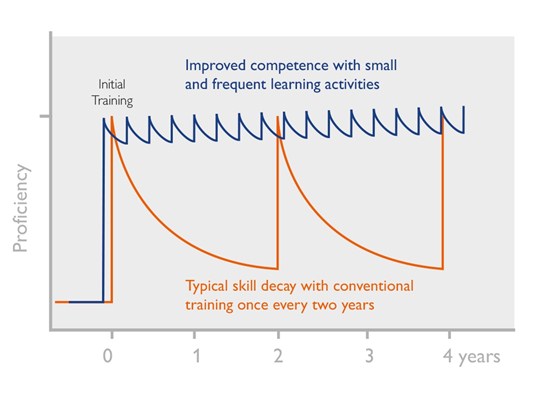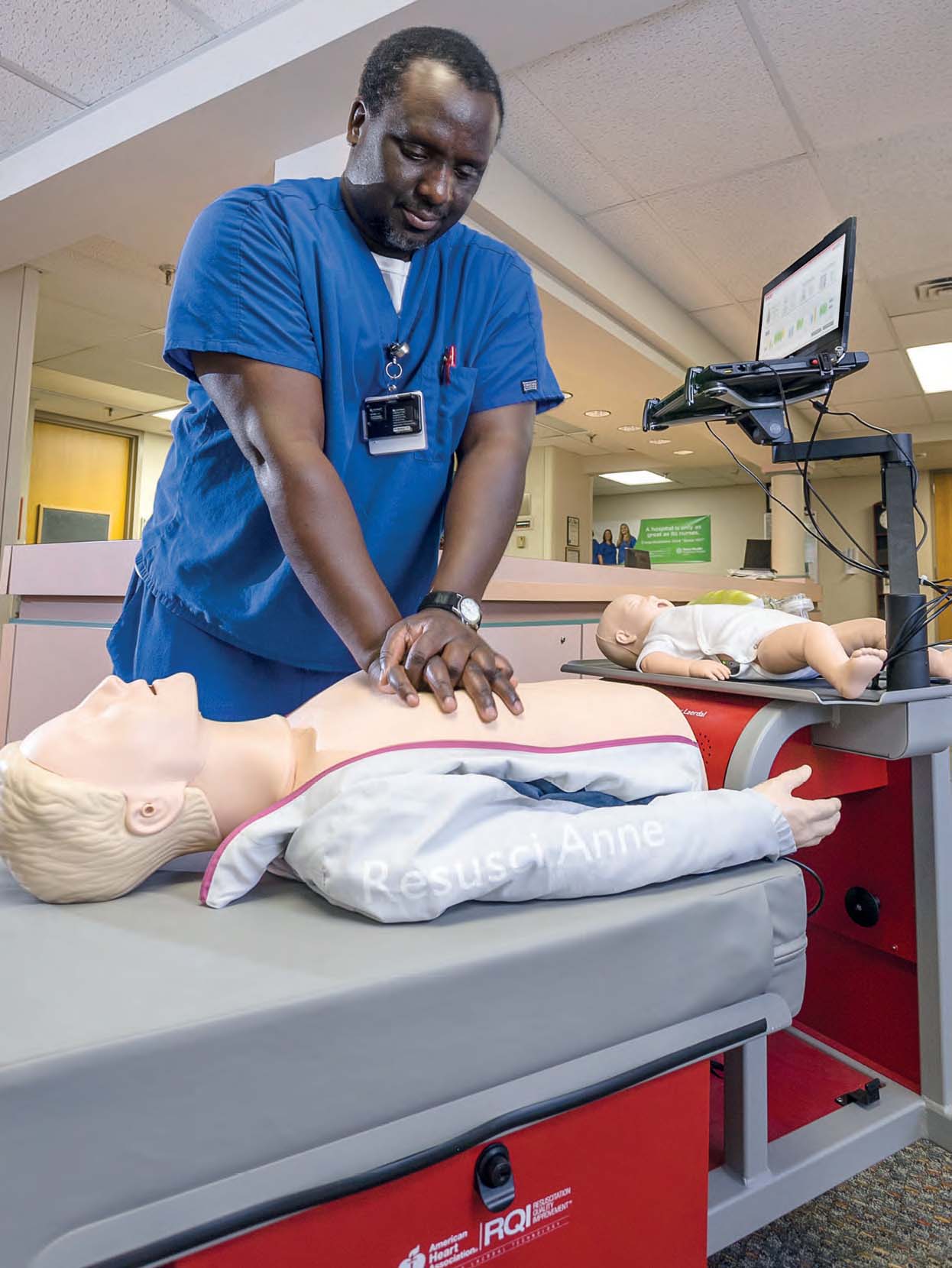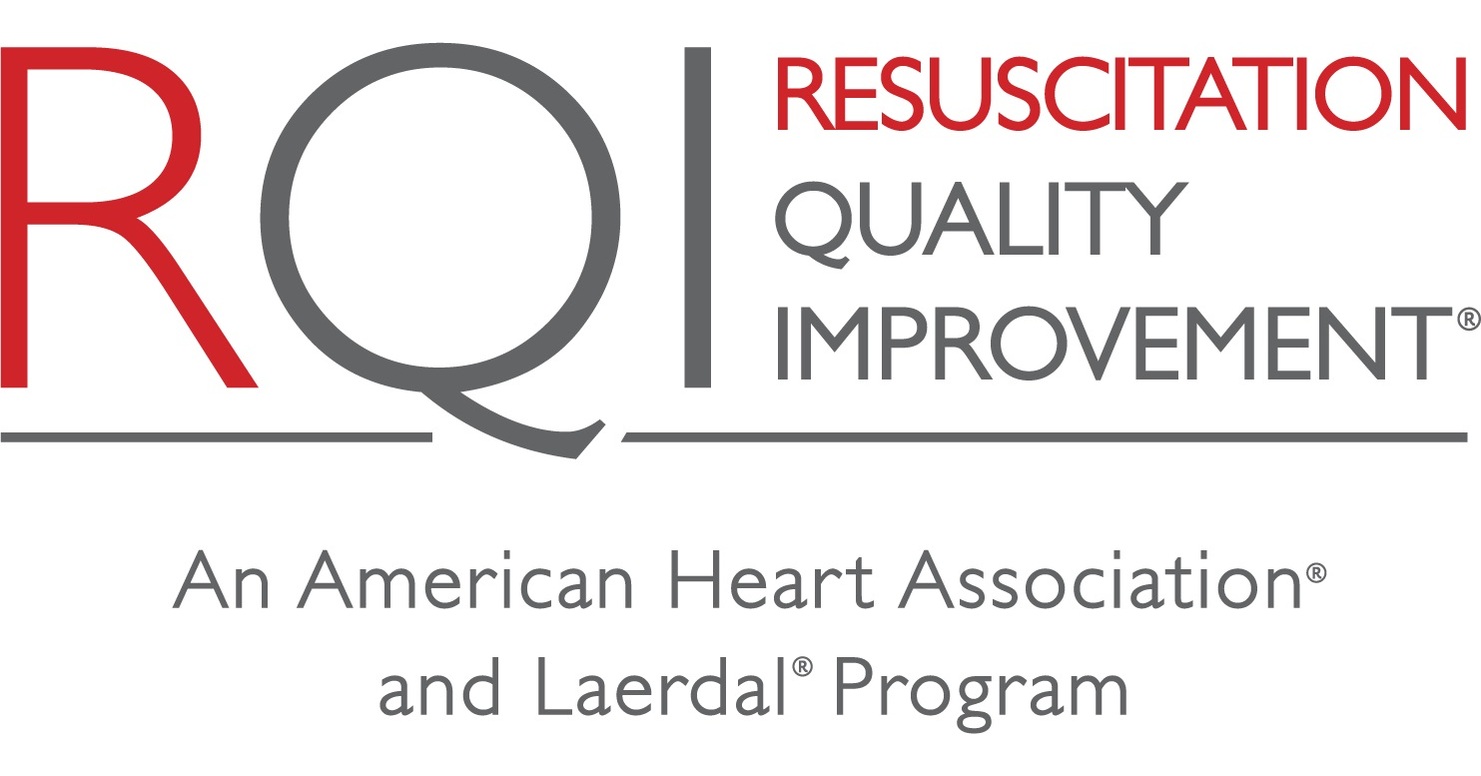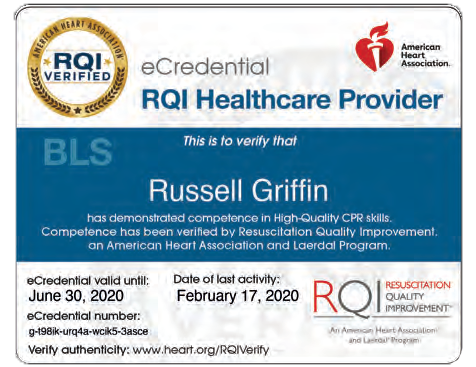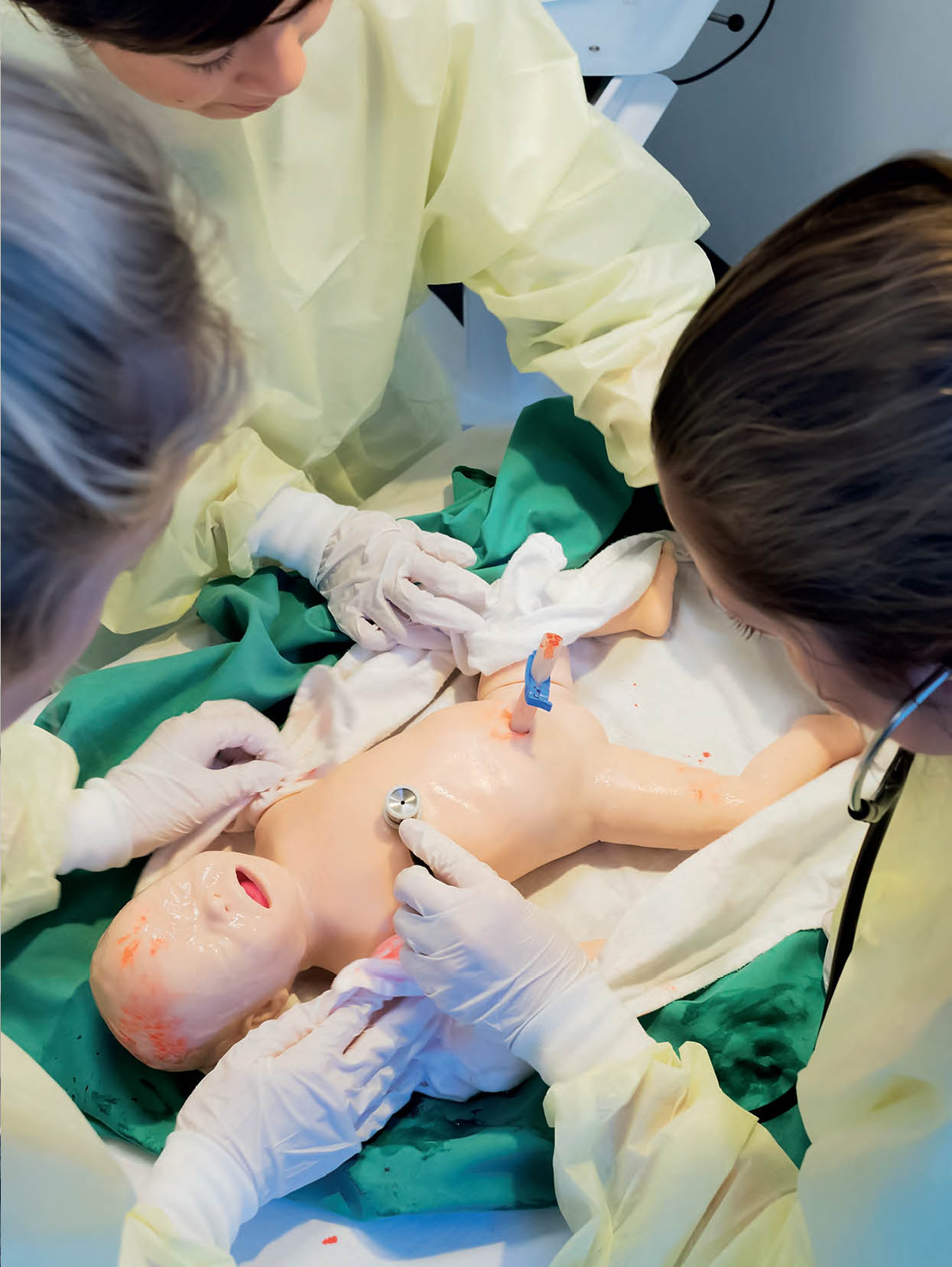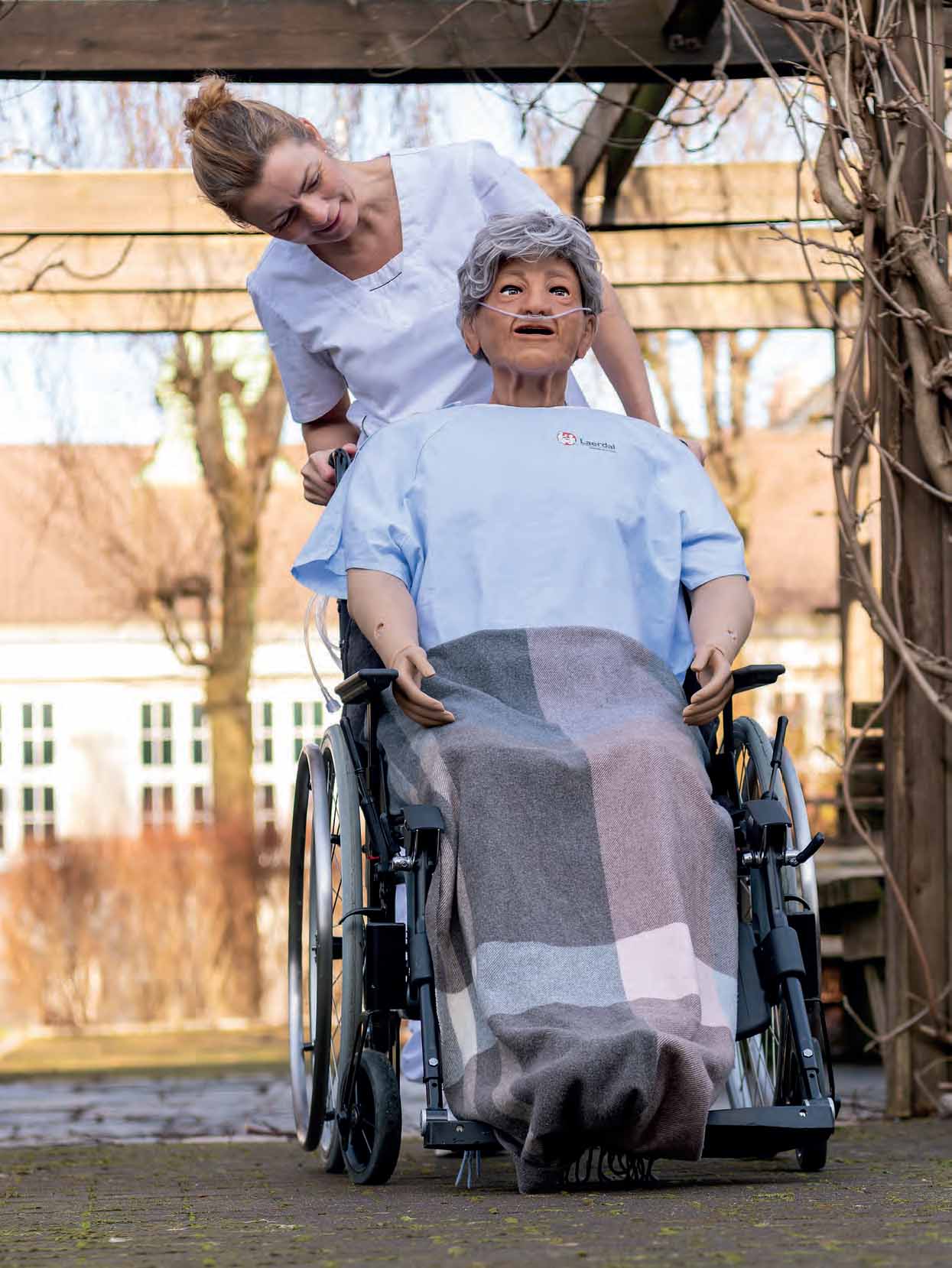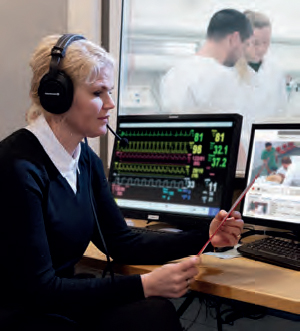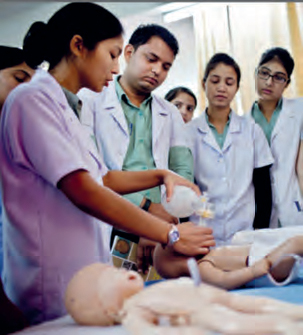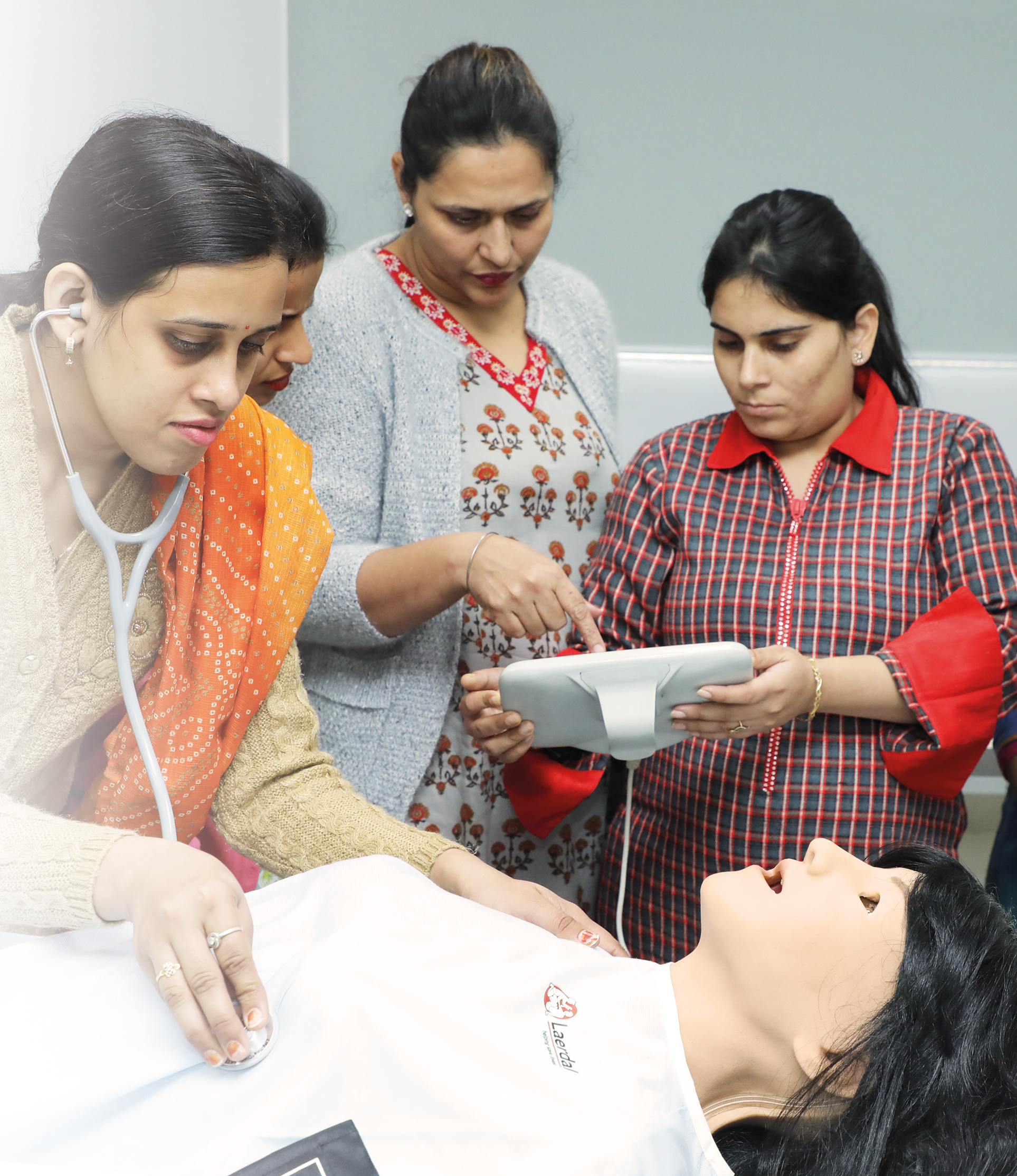The preceding chapter has addressed the quality of health care provided in the community by EMS personnel. Here we look at how the quality of care provided by healthcare professionals in the hospital setting can be improved.
A Lancet report in 2018 estimated that 8.6 million deaths per year in 137 low and middle-income countries (LMICs) were due to inadequate access to good-quality health care: 5.0 million were estimated to be due to poor-quality care and 3.6 million to non-utilisation of health care. This dismal scenario is far from applying only to less well-off economies: after the US Institute of Medicine landmark report in 1999, To Err is Human, estimated that medical errors in US hospitals might be causing up to 100,000 unnecessary deaths each year, healthcare quality has increasingly come into focus. And a 2016 study published in the British Medical Journal throws an even bigger spotlight on the issue: extrapolation from studies published since 1999 suggests that the figure exceeds 250,000, making medical error the third most common cause of death in the US.
Such poor-quality care is generally attributed to either poor initial training or failure to maintain and improve competencies of healthcare workers. However, having insufficient staff in a healthcare facility is felt by many to be also a significant factor.

